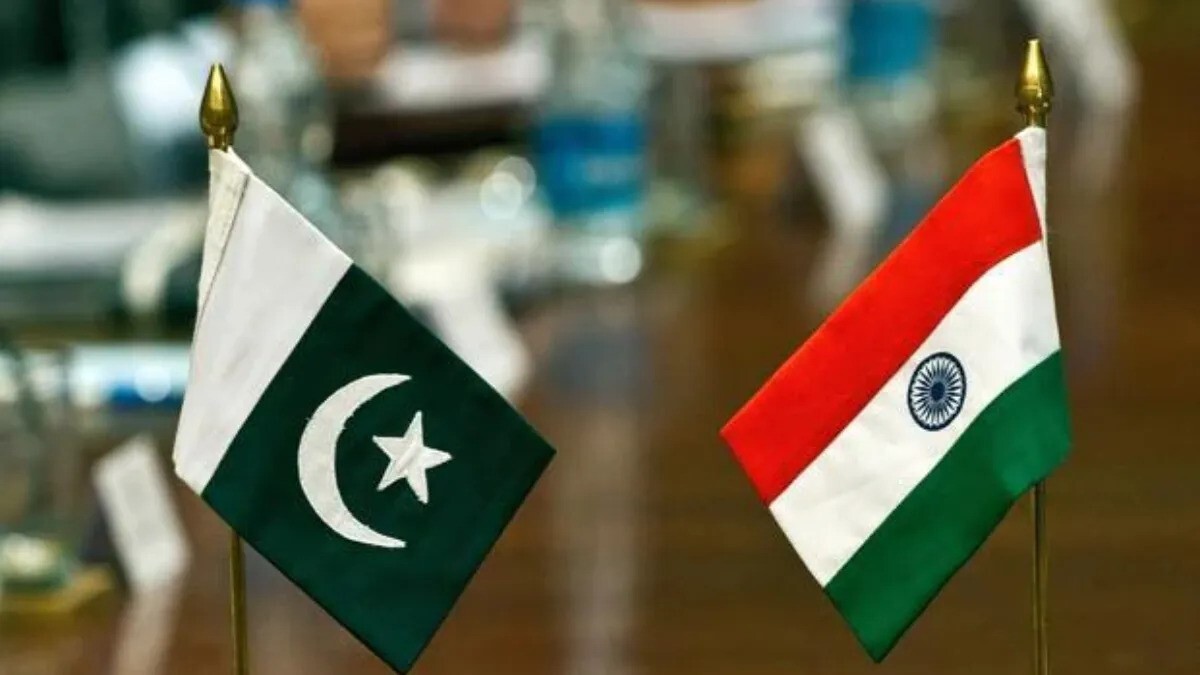

Geo-political conflicts often have ripple effects on metal markets, disrupting trade flows and driving commodity price volatility. A clear example is the ongoing Ukraine-Russia conflict, which has altered the dynamics of the global aluminium market. Firstly, within less than a month following the onset of the conflict in 2022, the aluminium prices on the London Metal Exchange (LME) surged by 34 per cent, reaching almost USD 4000 per tonne in early March, then followed a wave of Western sanctions against Russia, triggering supply chain disruptions, increasing concentration of aluminium in London Metal Exchange (warehouses), potential shortages, and ultimately production cuts, especially in Europe, a region historically dependent on Russian aluminium.

The Ukraine-Russia conflict has deeply impacted the aluminium market, largely because Russia is the world’s fourth-largest aluminium producer. China is the first largest in the world, followed by India. Then shall the world again witness similar impacts on the aluminium industry with a new geopolitical conflict emerged between India and Pakistan?
India has an annual aluminium production of more than 4 million tonnes. In FY2024-25, the country produced 4.2 million tonnes of aluminium, compared to approximately 3.9 million tonnes of output in Russia in 2024. Alongside its production strength, India is also a prominent exporter, shipping nearly 2.4 million tonnes in a year. Key destinations include China, Turkey, and the United States, with whom India maintains robust trade ties.
Pakistan is not in the list as India’s aluminium trade with Pakistan is minimal. Moreover, the recent ban on direct or indirect imports from Pakistan has effectively halted bilateral trade flows. Therefore, the likelihood of direct impacts on India’s aluminium industry due to the conflict with Pakistan appears low. But it is also important to monitor whether India’s trade relations with major export destinations could be affected.
Among the three destinations mentioned above, Turkey was the highest importer in 2024, securing 211,109 tonnes, followed by the United States 122,440 tonnes, and China 113,044 tonnes, according to the Internation Trade Administration. Exports to all three grew year-on-year: China had sourced 93,760 tonnes in 2023, Turkey 75,864 tonnes, and the US 114,552 tonnes.
 Events
Events
 e-Magazines
e-Magazines
 Reports
Reports



Responses






